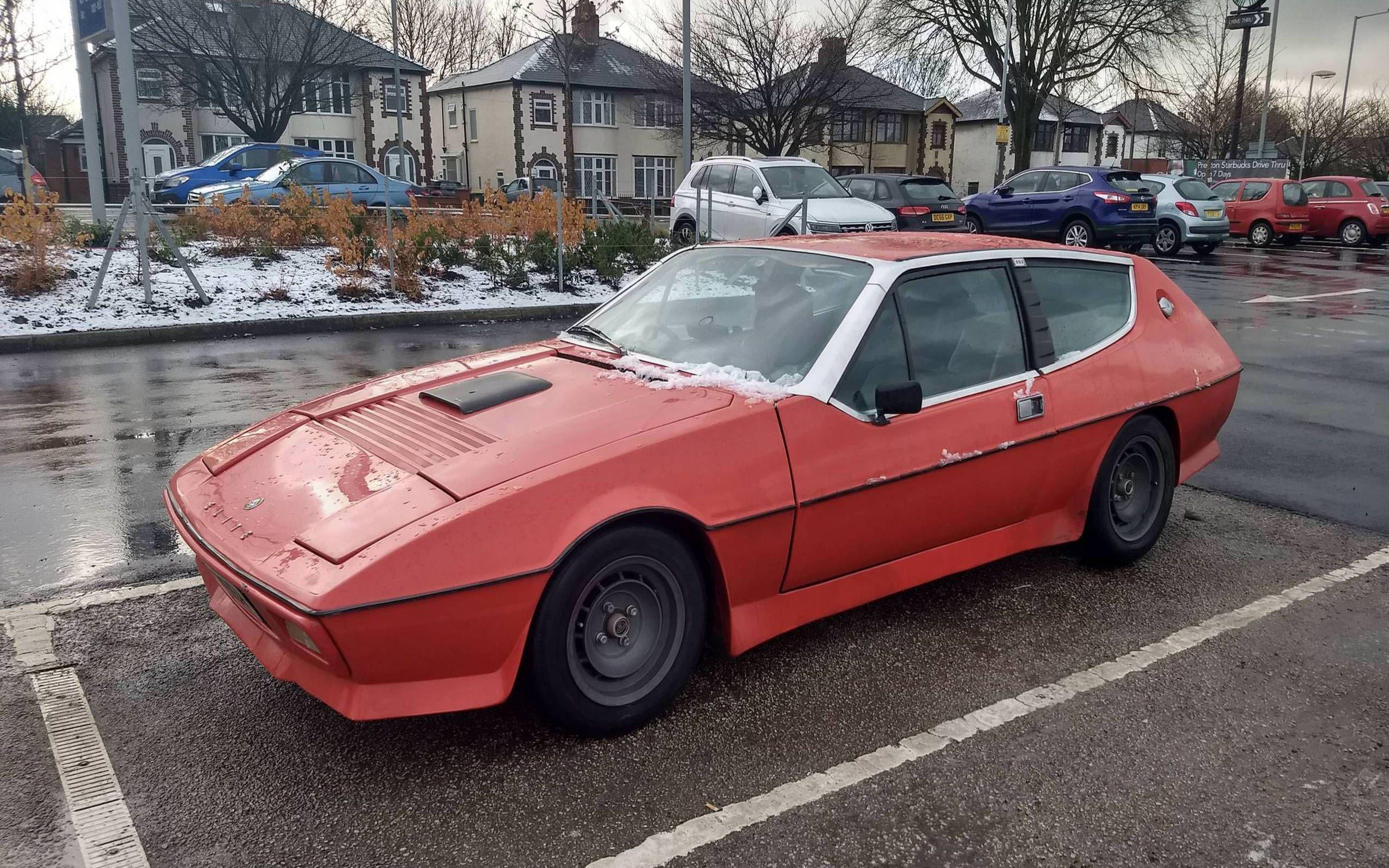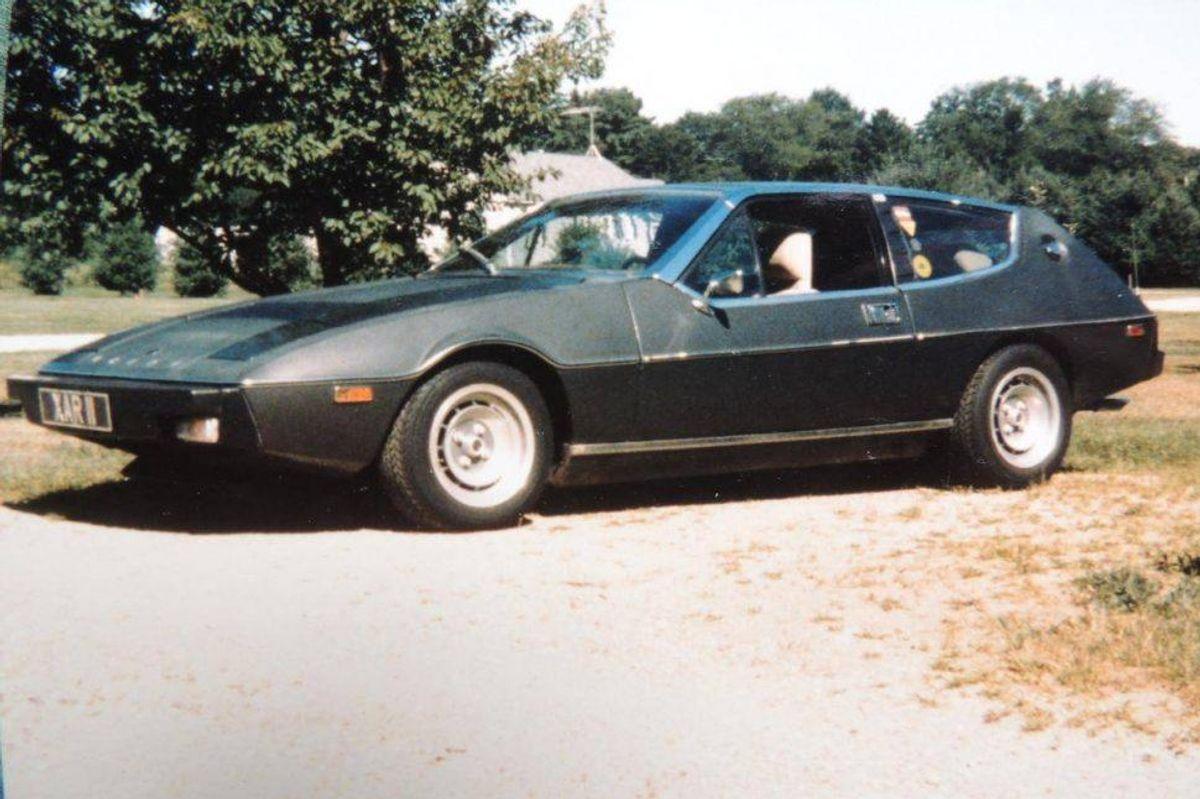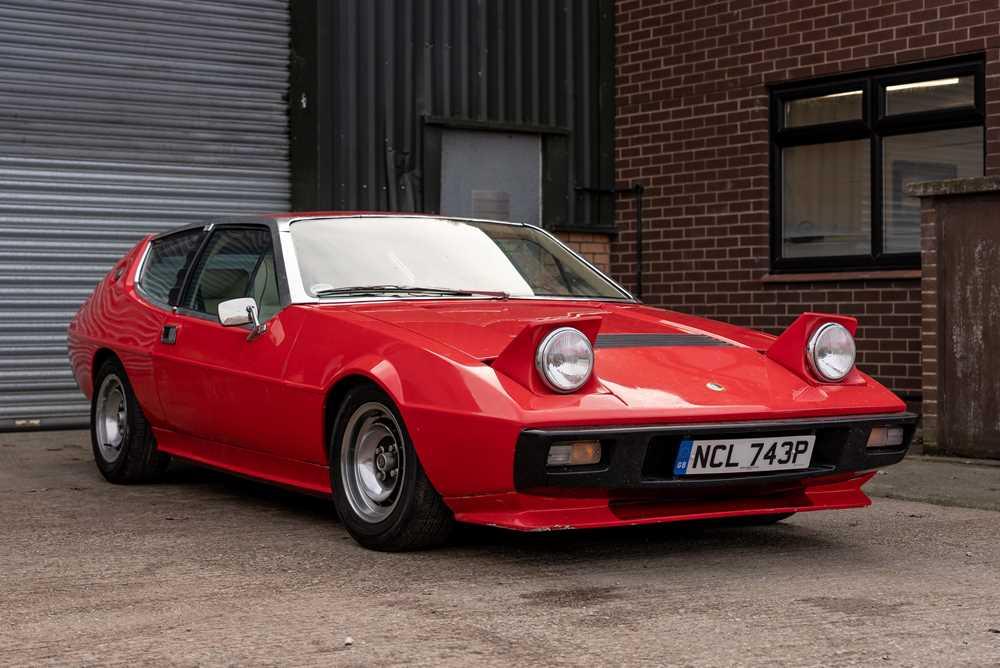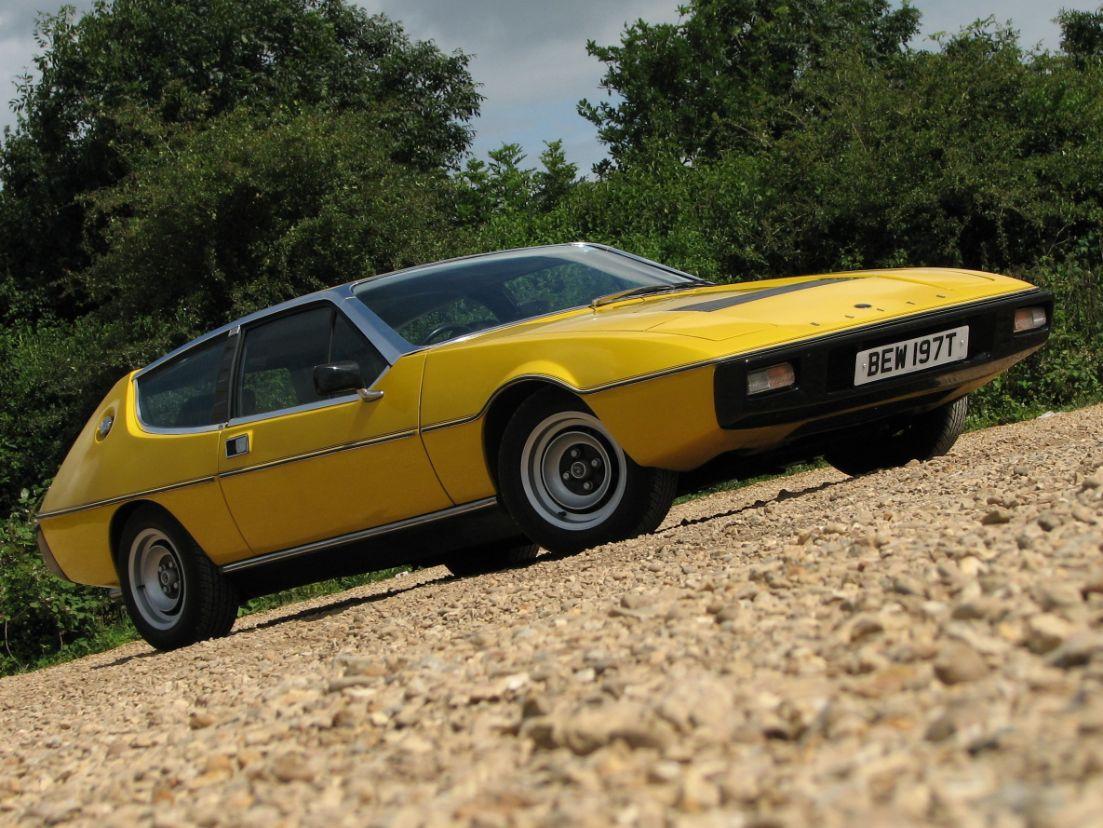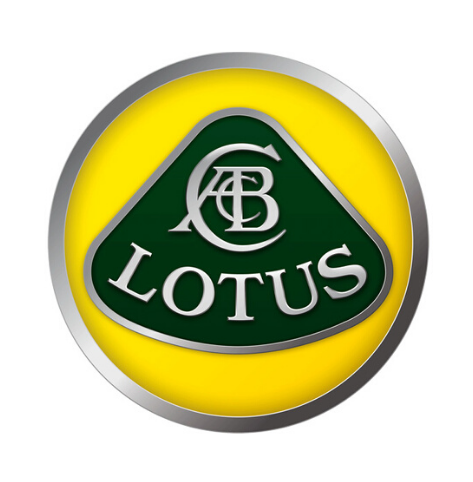None Lotus Elite
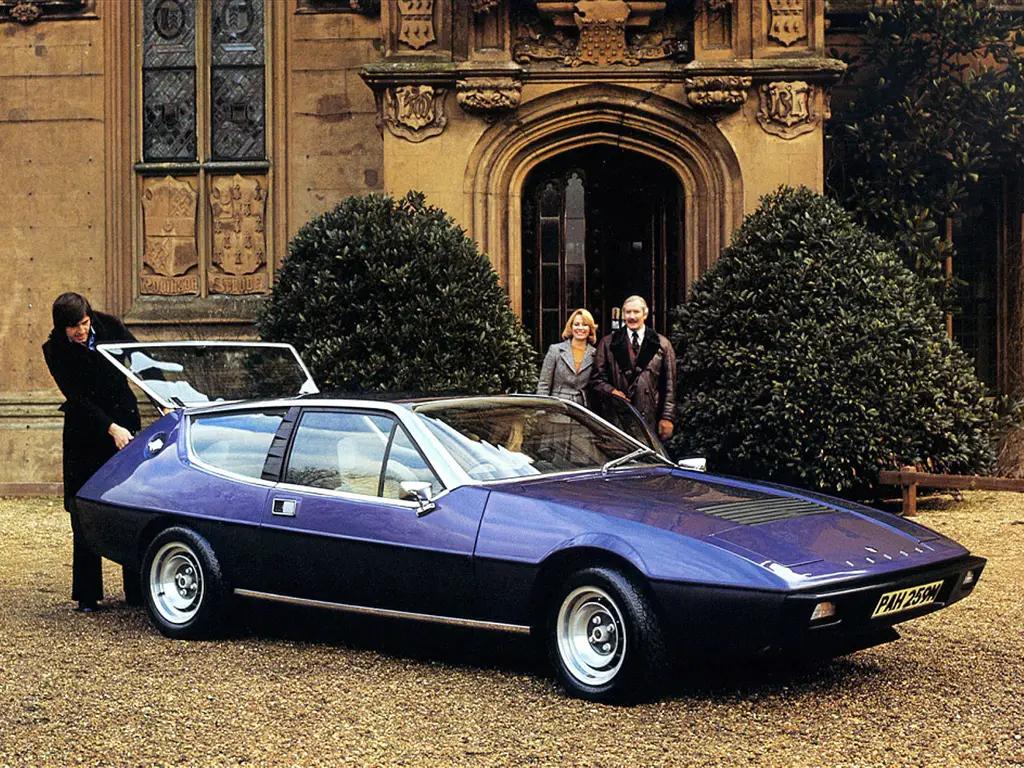
The descriptions of the Classic Cars in the Directory were partly generated or supplemented with the help of artificial intelligence (AI). The content may occasionally not always be entirely accurate or factually correct despite careful checking.
The Lotus Elite was a sports car manufactured by Lotus Cars Ltd. between 1957 and 1963. It was designed to be a lightweight and aerodynamic sports car that could compete with the likes of Porsche and Ferrari. The Lotus Elite was renowned for its precise handling and nimble performance, but it was also a technical marvel in its own right.
At the core of the Lotus Elite was its innovative monocoque construction. The body of the car was made from a single fiberglass shell, which was reinforced with a steel backbone frame. This gave the car exceptional rigidity and reduced weight, making it both faster and more agile than its competitors.
Under the hood, the Lotus Elite was fitted with a 1.2-liter Coventry Climax FWE engine. This four-cylinder engine was fitted with twin SU carburetors and produced around 75 horsepower at 6,000 RPM. This might not sound like a lot of power, but it was enough to propel the car to a top speed of around 120 miles per hour.
The drivetrain of the Lotus Elite was a four-speed manual transmission, which was mounted in the rear of the car. This helped to give the car a near-perfect weight distribution, which made it even more agile on the road. The rear-mounted transmission also enabled the car to have a very short wheelbase, making it more responsive and easier to handle.
The suspension of the Lotus Elite was also a technical triumph. The front suspension was a double-wishbone setup, which allowed for precise control of the wheels and helped to keep the car stable in corners. The rear suspension was a fully-independent unit, which used coil springs and trailing arms to keep the car planted on the road.
The brakes on the Lotus Elite were also highly advanced for their time. The car was fitted with disc brakes at all four corners, which provided exceptional stopping power and reduced brake fade under heavy use. This was a major improvement over the drum brakes that were commonly used on sports cars at the time.
Overall, the Lotus Elite was a highly advanced sports car that was ahead of its time in terms of both design and technology. Its lightweight construction, advanced suspension and brakes, and high-revving engine made it a true driver's car, and it remains a favorite among collectors and enthusiasts to this day.
Milestones
- 1957: Development of the first Lotus Elite prototype - 1958: Introduction of the Lotus Elite at the Earls Court Motor Show - 1959: Production of the Elite begins at the Lotus factory in Cheshunt, Hertfordshire - 1960: Lotus Elite wins its class at the 24 Hours of Le Mans - 1961: Introduction of the Super 95 version, with a modified engine producing 95 horsepower - 1962: Production of the Elite moves to the newly built Lotus factory in Hethel, Norfolk - 1963: Introduction of the Elite S2, featuring improvements to the suspension and brakes - 1964: Production of the Elite ends, with a total of 1030 units produced.Technical
- Lotus Elite is a two-door sports car that was produced by Lotus from 1958 to 1963. - It was the first Lotus car to use a fiberglass monocoque body. - The Elite was powered by a 1216cc Coventry Climax FWE four-cylinder engine in its early versions, producing around 75 horsepower. - Later versions of the Elite were powered by a larger 1.2-liter engine that produced up to 105 horsepower. - The Elite featured a four-speed manual transmission and a rack-and-pinion steering system. - It had a top speed of around 110 miles per hour, making it one of the fastest cars of its time. - The Elite had a low-slung, aerodynamic body design with a low hood, sloping rear section, and pop-up headlights. - It had a curb weight of around 1,500 pounds, thanks to its lightweight fiberglass body. - The Elite featured independent suspension at all four corners, with coil springs and Wishbone arms in the front and rear. - Braking was provided by four-wheel drum brakes that were effective but lacked the stopping power of disc brakes.